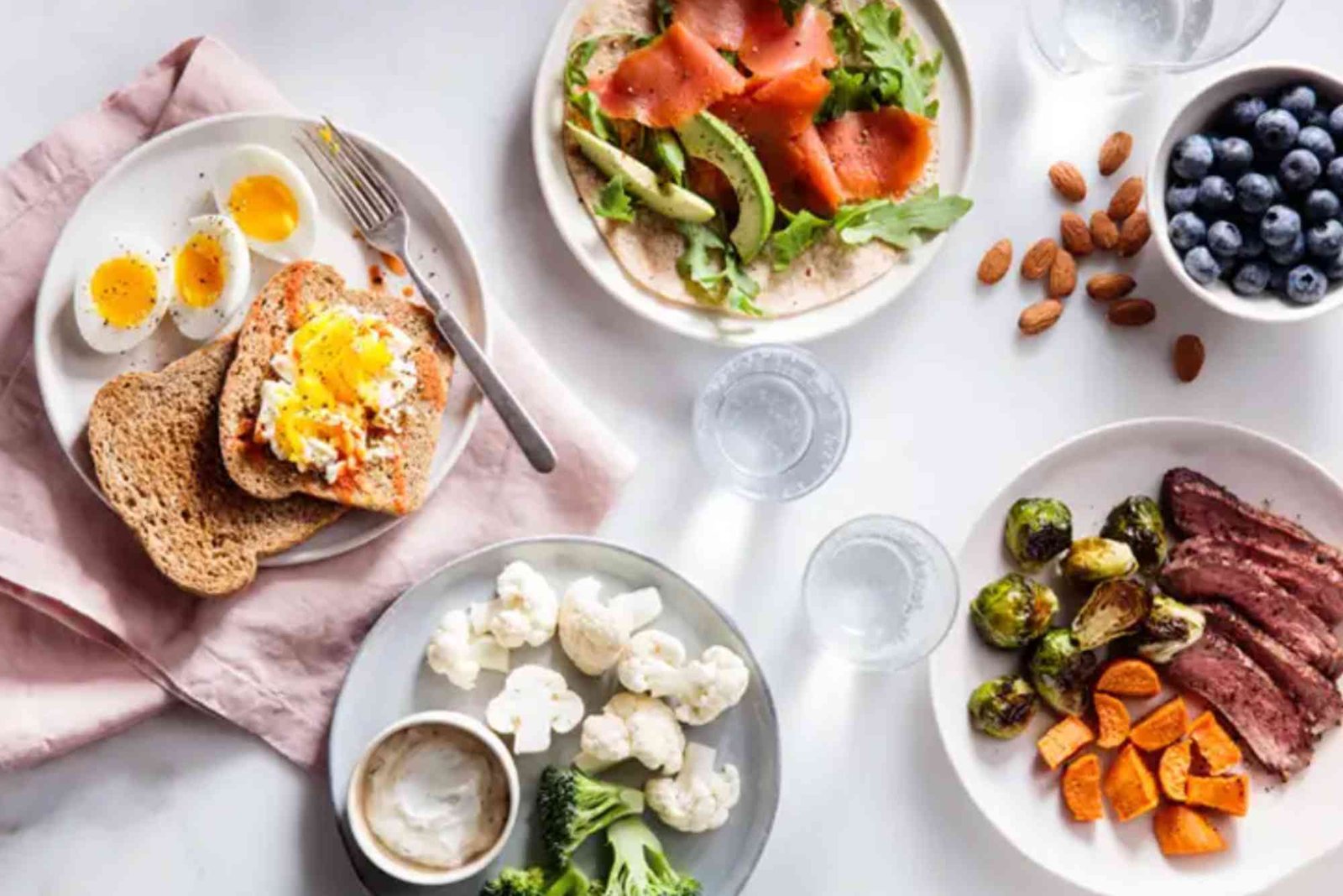Introduction
Chocolate has long been considered one of the world’s most beloved indulgences. From its ancient origins to its modern-day versatility, chocolate continues to captivate taste buds and hearts alike. But when we dive deeper into the topic of what to know about chocolate and covered, it becomes more than just a sweet treat — it’s a blend of art, science, and emotion. Whether you’re savoring a simple bar of dark chocolate or biting into decadent Chocolate Covered Strawberries, there’s always a story behind every bite.
Understanding chocolate and its role in covered treats helps you appreciate not only the craftsmanship but also the sensory pleasure it provides. This guide explores the essentials — from the making of chocolate, to its pairing, benefits, and the secrets behind creating the perfect chocolate-coated dessert.
The Fascinating History of Chocolate
The story of chocolate begins thousands of years ago with the ancient Mayans and Aztecs, who revered cacao as a divine gift. They used it in ceremonial drinks, often bitter and spicy, long before sugar sweetened the experience. When Spanish explorers brought cacao to Europe in the 16th century, it was transformed into the luxurious form we enjoy today.
Over centuries, chocolate evolved from an elite delicacy into a global favorite. Industrial advancements in the 19th century, such as conching and tempering, revolutionized how chocolate was processed, making it smoother and more flavorful. Today, chocolate is not only a treat but also a cultural symbol — present in celebrations, holidays, and special moments around the world.
The Art and Science of Chocolate
Chocolate making is both an art and a science. It begins with cacao beans, which are harvested, fermented, roasted, and ground into cocoa mass. This process determines the flavor, aroma, and texture that make each chocolate unique.
The real magic happens during tempering, a controlled heating and cooling process that gives chocolate its signature glossy finish and satisfying snap. Whether creating a ganache, coating fruits, or crafting fine truffles, mastering tempering is essential for every chocolatier.
Chocolate also contains a natural compound called theobromine, which contributes to its rich flavor and mood-enhancing effects. This is why a piece of fine chocolate can instantly lift your spirits and provide comfort like few other foods can.
What to Know About Chocolate and Covered Treats
When we talk about what to know about chocolate and covered, we refer to the vast category of treats dipped, drizzled, or enrobed in chocolate. These could be nuts, fruits, pretzels, cookies, or even bacon — yes, bacon dipped in chocolate is a real thing!
Chocolate-covered desserts are popular because they combine textures and flavors. The contrast between the creamy, smooth chocolate and the crisp, juicy, or crunchy interior creates a delightful experience. Whether it’s the luscious taste of Chocolate Covered Strawberries or the crunch of chocolate-coated almonds, every version offers something unique.
The type of chocolate used — dark, milk, or white — plays a crucial role in how the final product tastes. Dark chocolate offers an intense, slightly bitter flavor, while milk chocolate provides sweetness and creaminess. White chocolate, though technically not true chocolate since it lacks cocoa solids, adds a buttery and velvety note that complements many ingredients.
Choosing the Right Chocolate for Coating
When preparing chocolate-covered treats at home, the quality of your chocolate matters. Always choose couverture chocolate, which has a higher cocoa butter content and melts more smoothly than regular chocolate bars. It ensures a glossy coating and an even texture.
Before dipping, ensure your ingredients — whether fruits or nuts — are completely dry. Any moisture can cause the chocolate to seize or lose its shine. For best results, temper your chocolate properly using a double boiler or microwave in short intervals.
One of the most iconic examples of chocolate-dipped perfection is Chocolate Covered Strawberries. These elegant treats are ideal for romantic occasions, parties, or simple indulgence. The combination of juicy strawberries and smooth chocolate creates a harmony that delights every palate. You can explore more about their preparation and cultural significance at Chocolate Covered Strawberries.
The Health Benefits of Chocolate
While chocolate is often seen as a guilty pleasure, research shows that quality dark chocolate offers several health benefits. Rich in antioxidants, particularly flavonoids, dark chocolate supports heart health and improves blood circulation. It may also help reduce stress and enhance mood by increasing serotonin and dopamine levels.
However, moderation is key. Excessive sugar or milk content can outweigh the benefits. Aim for chocolate with at least 70% cocoa for the best results. Including a small portion of dark chocolate in your diet can be both pleasurable and beneficial.
Interestingly, chocolate also contains trace minerals like magnesium and iron, making it a surprising source of nutrients. It’s not just a dessert; it’s a small luxury that can also support your overall wellness when enjoyed wisely.
Creative Ways to Enjoy Chocolate-Covered Treats
Exploring what to know about chocolate and covered opens up endless creative possibilities. Beyond strawberries and nuts, try experimenting with:
-
Chocolate-dipped pretzels for a salty-sweet crunch
-
Chocolate-covered marshmallows for a fluffy texture
-
Chocolate-coated orange peels for a tangy, sophisticated twist
-
Frozen chocolate bananas for a cool summer snack
You can even drizzle melted chocolate over popcorn or mix it with coffee beans for a unique flavor explosion. The versatility of chocolate allows you to personalize your treats for any occasion — birthdays, weddings, or cozy nights in.
If you want to discover the classic and elegant combination that defines chocolate coating at its best, check out Chocolate Covered Strawberries. These delightful bites represent the perfect union of flavor, texture, and simplicity.
Storing Chocolate and Covered Desserts
Proper storage is crucial for maintaining the texture and flavor of your chocolate-covered treats. Always store them in a cool, dry place away from sunlight and humidity. Refrigeration can cause condensation, leading to a dull or streaky surface known as “sugar bloom.”
If you must refrigerate chocolate-covered fruits, seal them in an airtight container with paper towels to absorb excess moisture. Before serving, allow them to return to room temperature for the best flavor and appearance.
Chocolate, when stored properly, can last for months. However, chocolate-covered fruits should be consumed within a few days to ensure freshness and taste.
The Cultural and Emotional Side of Chocolate
Chocolate is more than just food; it’s an emotion. It symbolizes love, comfort, and celebration. From Valentine’s Day gifts to festive hampers, chocolate bridges connections and expresses feelings words sometimes cannot.
In many cultures, gifting chocolate signifies warmth and goodwill. It’s a universal gesture that transcends language barriers. The aroma, texture, and flavor of chocolate trigger memories and emotions, making it a timeless favorite across generations.
This emotional connection is especially evident in treats like Chocolate Covered Strawberries, which are often shared during romantic occasions or joyous celebrations. To dive deeper into the cultural side of this indulgent classic, you can Learn more about chocolate covered strawberries.
Common Mistakes to Avoid
Even the most passionate chocolate lovers can make mistakes when working with chocolate. Here are a few things to watch out for:
Avoid overheating chocolate; it can burn easily and lose flavor.
Never let water come into contact with melted chocolate — it causes it to seize.
Don’t rush the tempering process. Patience ensures that perfect glossy finish.
Always use fresh ingredients when making chocolate-covered fruits to prevent spoilage.
By following these simple tips, you can ensure your chocolate creations are as beautiful as they are delicious.
Frequently Asked Questions
What type of chocolate is best for dipping?
Couverture chocolate is ideal because it melts smoothly and gives a shiny finish.
How do you keep chocolate-covered strawberries from sweating?
Keep them in a cool, dry place and avoid refrigeration if possible.
Can you use white chocolate for coating?
Yes, but make sure to melt it gently since white chocolate burns faster.
How long do chocolate-covered treats last?
Fruit-based ones last 1–2 days, while nuts or cookies can last for weeks if stored properly.
Is dark chocolate really healthy?
Yes, in moderation. Dark chocolate is rich in antioxidants and may improve heart health.
Now that you know what to know about chocolate and covered, it’s clear that this beloved delicacy is much more than a simple indulgence. It’s a blend of history, artistry, and passion that continues to inspire desserts across the world. Whether you’re enjoying homemade truffles or savoring elegant Chocolate Covered Strawberries, every bite carries tradition and creativity.
Chocolate connects us — through taste, memory, and celebration. So next time you indulge, take a moment to appreciate the craftsmanship behind that smooth, rich coating. And if you’re eager to explore more chocolate-covered wonders, visit Chocolate Covered Strawberries for inspiration.




